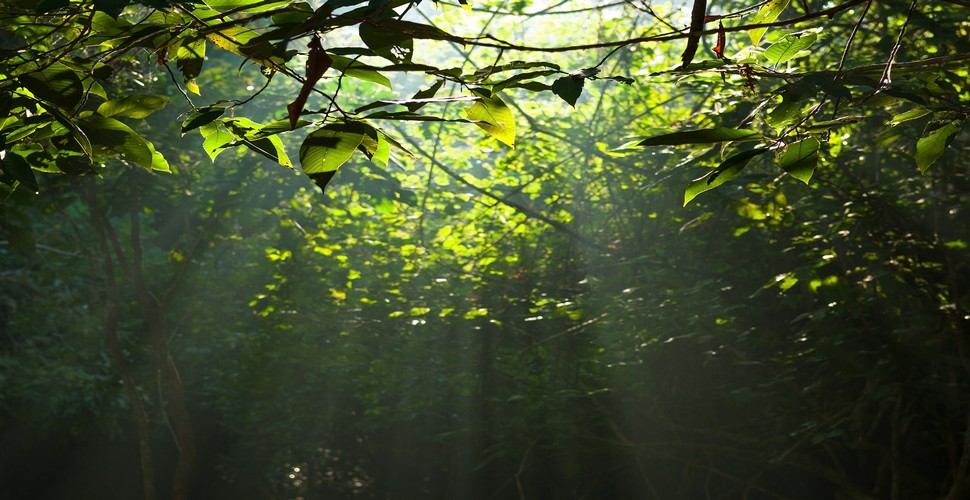

Claire Dean
Travel in South America is a joy to behold. The rich variety of destinations, experiences, landscapes and geography fascinated me so much, that I chose to relocate here, over 20 years ago! The best thing I ever did! Allow me to share my knowledge and passion for Central and South America with you and help you plan your holiday of a lifetime!

Frequently Asked Questions
Written by:Claire Dean
Last Update: 2025-02-14
If you are preparing to travel to Peru or just want to learn a little more about the country, the following questions could be helpful. We answer questions to our clients that often come up during our travel planning process and when we design itineraries. These questions are commonly asked as well as some questions that may not have considered.
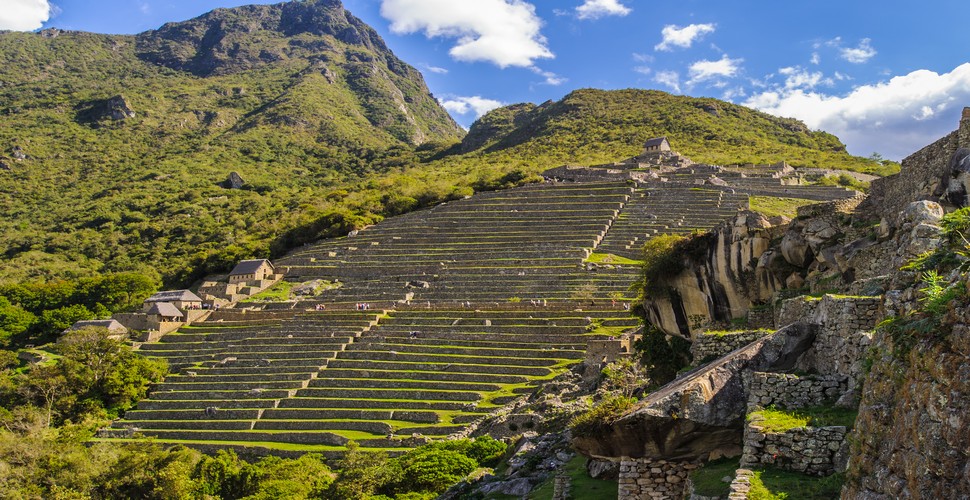
Pisaq Ruins
Entrance and Exit Requirements
A valid passport is required to enter and depart Peru. Tourists must also provide evidence of return or onward travel. U.S. and most European citizens do not need a visa for a tourist stay of 90 days or less. If you decide to stay in Peru more than 90 days must pay a monthly fee to extend their visa for up to three additional months, for a total of six months. Visitors including children, who remain in Peru for over six months without obtaining a residency visa will have to pay a fine in order to depart Peru. Visitors for reasons other than tourist or family visits must obtain a Peruvian visa in advance. Business visitors should check the tax and exit regulations that apply for the specific visa that they are granted. Citizens of other countries whose passports are lost or stolen in Peru must obtain a new passport and present it, together with a police report of the loss or theft, to the main immigration office in the capital city of Lima to obtain a special permission to depart.
Be sure your date and place of entry is officially documented by Peruvian Immigration, whether you arrive at a port, airport, or land border in Peru or you could have issues on departure from the country.
For further information regarding entry requirements, travelers should contact their embassy in Peru.
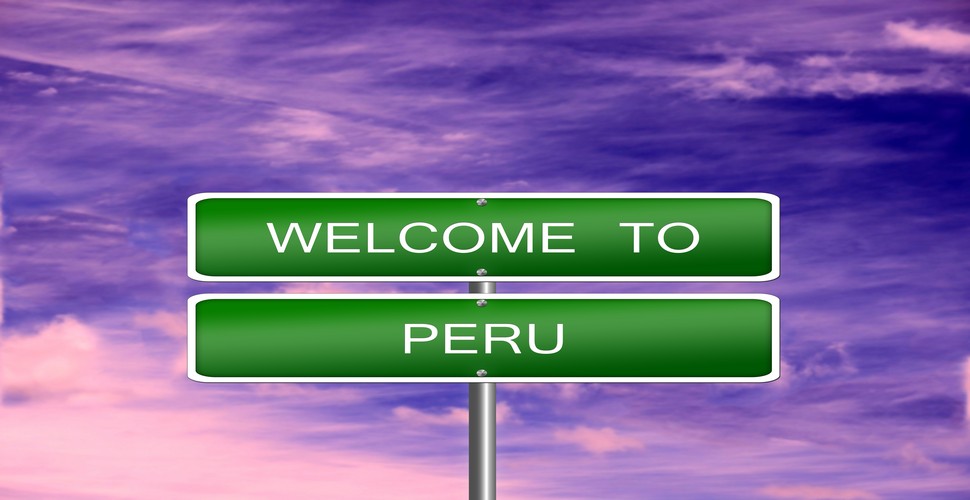
Welcome to Peru
Vaccinations, Medications and Hygiene
Assuming that you are not going into the Amazon rainforest, the altitudes experienced in the Andes could have an adverse effect on you if you are not used to such heights. A visit to your doctor or Travel Clinic at home is recommended. Diamox is a good medication for altitude sickness. You may also want to discuss other medications such as antibiotics to take along with you as well as vaccinations against Typhoid, Polio, Tetanus, Hepatitis A and Yellow Fever.
Covid 19
A Full vaccination card is required due to local restrictions.
A negative PCR test is not required if fully vaccinated. Otherwise, a PCR test is required within 48 hours of departure for Peru or local travel will be restricted.
A pre-arrival form from the Peruvian Immigration should be completed within 72 hours of departure.
Travel Insurance with covid cover is required.
All passengers must wear two face masks on flights bound for Peru
If you’re fully vaccinated, you can enter Peru without needing to test or quarantine.
One recommendation for visitors is to drink bottled water only even for things such as brushing your teeth. One observation regarding Perú is the unavailability of toilet paper in many public places. Major hotels and most restaurants will have some, but do not be surprised to go into a public bathroom, such as at Machu Picchu, and find that toilet paper is absent. Take tissues/ toilet paper with you in the country. If you are going into the Amazon, a current yellow fever vaccination is required. You will sometimes be required to show it on entry to the country. Anti-malarial medications should be thought about also and take a D.E.E.T. based repellent with you.
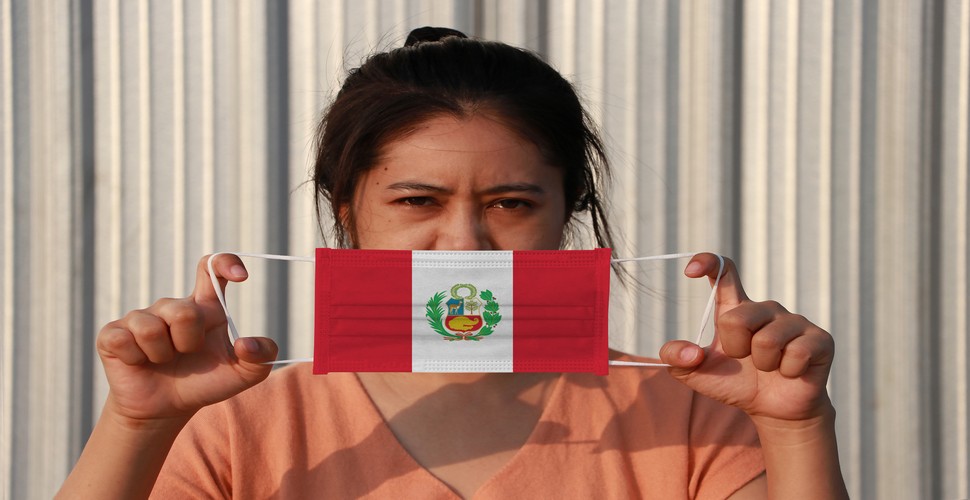
Protocols
Altitude Sickness
Elevations above 3000m, involve heart pounding and shortness of breath which are a normal response to the lack of oxygen in the air. However, for some visitors these symptoms can become more serious into a condition known as “Soroche” or altitude sickness. Symptoms include headaches, loss of appetite, extreme tiredness, sleeplessness and nausea. Symptoms usually develop within the first day at altitude, but may be delayed by up to 2 weeks. To prevent Soroche, try to take things easy on arrival and drink plenty of fluids. Don’t plan any strenuous treks until you’ve acclimatized for at least a few days. Avoid alcohol, cigarettes and heavy food. Drinking coca tea is the local way to help altitude symptoms but severe and prolonged symptoms should be treated by a doctor, who may recommend a drop in elevation.
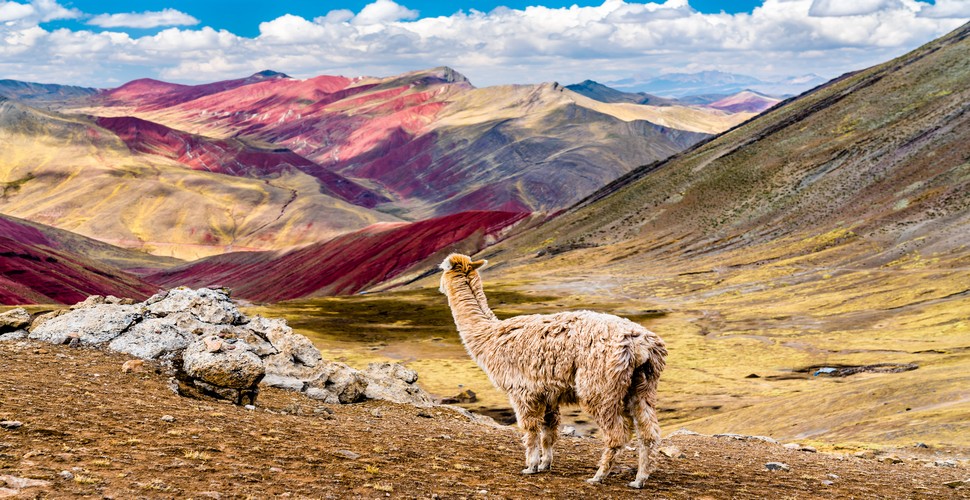
High Altitude
WEATHER CONDITIONS
Peru is a diverse country with climatic, natural and cultural diversity of its regions. It is 2,500 km long, and has 3 distinct regions: Coast, mountains and the jungle.
The Mountains
The Mountain region including Machu Picchu, Cusco, Puno, Lake Titicaca is best visited between April and October. This period is the dry season, with hot, dry days with temperatures between 20-25°C and cold, dry nights, often hovering just above freezing, particularly in June and July. May is perhaps the best month with the countryside exceptionally lush after the rainy season, with clear skies and fine weather. You’ll find the flowers in full bloom, the grass green and the streams full. Peru’s peak season is from June to September. Cusco is a cosmopolitan city with tourists from all over the world accumulating as the launching spot for Machu Picchu. The famous Inti Raymi festival, is an Inca celebration for the winter solstice draws thousands of visitors to Cusco, so it is best to arrive early or make hotel reservations in advance, if you plan to travel around the 24th of June.
November to March is the wet season with most rain falling in January and February. It’s usually clear and dry most mornings with outbursts of heavy rain in the afternoons. The daily temperatures are typically 18°C with only a small drop at night. The Inca Trail is much less crowded during this period and there’s a more abundant fresh water supply, but of course take your raingear with you. You’ll also find some roads may become impassable particularly when trying to visit off the beaten track destinations. Many of Peru’s major festivals such as Carnival and Easter Week take place during this period.
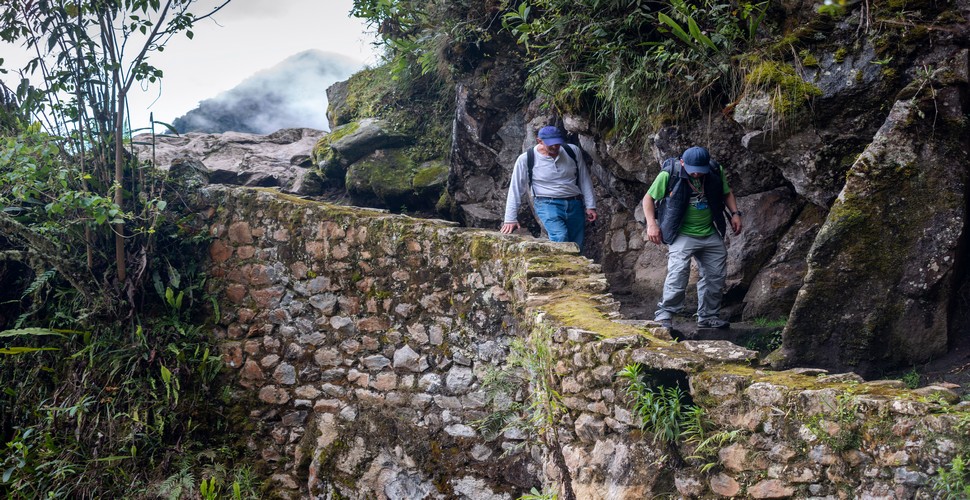
Inca Trail
The Coast
December to April is summertime on the coastal region where the weather is hot and dry and ideal for hitting the beaches. Temperatures on average range from 25 to 35°C.
From May to November the temperature drops a bit and you’ll find blankets of sea mist engulfing the coast from the south right up to about 200 km north of Lima. At this time of year only the northern beaches near Tumbes are warm enough to enjoy.
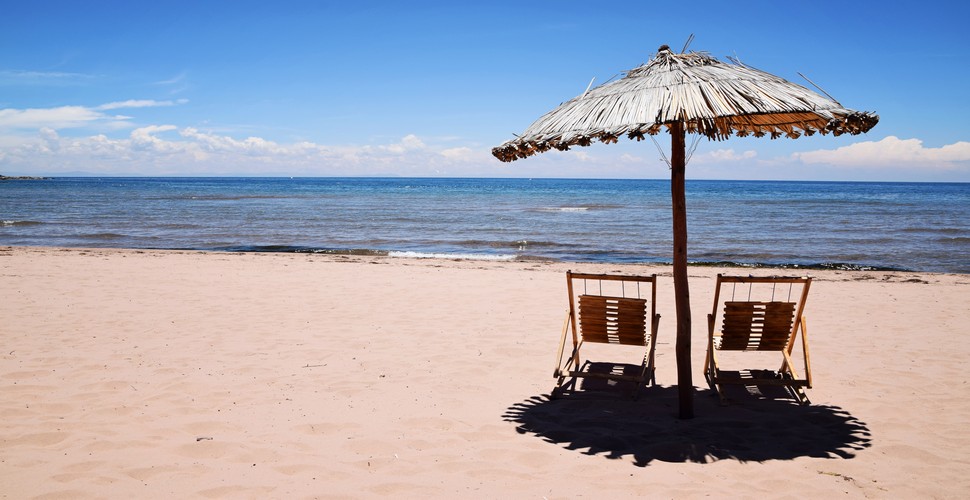
Sunny Northern Beach
The Jungle
April to October is the ‘dry’ season in the jungle, with daily temperatures averaging 30-35°C. However cold fronts from the South Atlantic are common when the temperatures can drop to 15°C during the day and 13°C at night. The dry season is the best time to visit the jungle regions as there are fewer mosquitoes and the rivers are low, exposing the beaches. It’s also a good time to see nesting and to view the animals at close range, as they stay close to the rivers. November to March is the wet season, with hot and humid weather, when you can expect heavy rain. It only rains for a few hours at a time, so it’s not enough to spoil your trip Wellington boots are a must, as some of the jungle trails can become small streams and are extremely muddy.
Travel Insurance
Make sure that you take out good travel and medical insurance that covers for trip cancellation, lost items as well as general hospital and Covid 19 cover.
Money Exchange and Carrying Money
When you arrive in Perú it is best to do so with U.S. dollars. While most western currency can be exchanged for Peruvian Soles rather easily, any shop, restaurant, or business will take U.S. dollars as payment. Be prepared however to receive your change in Soles. It is a good idea not to use bills in excess of $10-$20.00 U.S., as you might find it difficult for the vendor to change anything larger. There are money changing booths almost everywhere in every major Peruvian city in the Plaza de Armas and their hours and rates are usually better than the local banks. But be aware, regardless of what currency you are carrying you will find that when you exchange it, the money changer will look it over carefully. Not so much to judge its authenticity, but to examine the condition of the bill. You will find it difficult to exchange bills, if they are not in pristine condition. That means no torn edges, no tape, no missing pieces, no writing, and/or no stamp marks on them. When you exchange your money for Soles, tell the money changer not to give you bills larger than 100 Soles as these are sometimes hard to change. S/.10 Soles and s/.20 soles bills are the easiest method of payment. Carry only as much money as you think you will need for the day and keep the rest in your hotel room, preferably in a hotel safe.
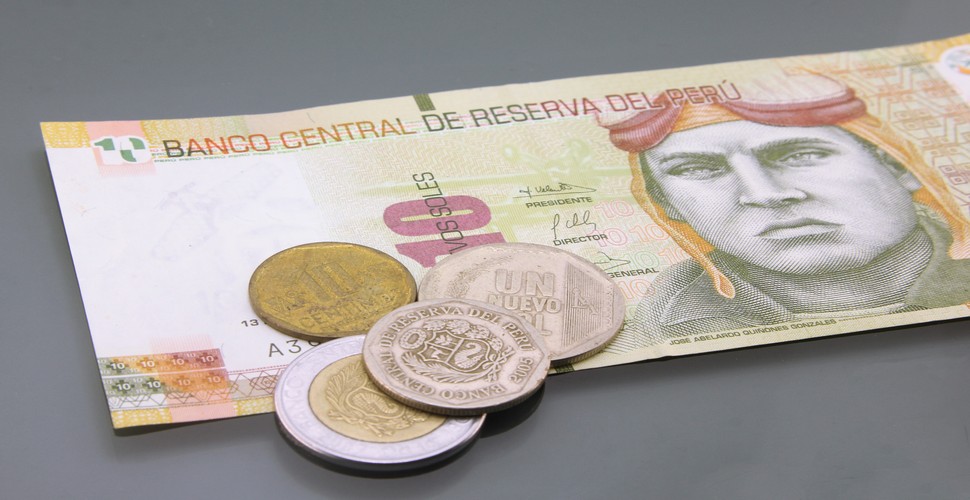
Peruvian Cash
Taxis
It is recommended that you have your hotel call a taxi for you. First, all reputable hotels have a working relationship with at least one radio taxi company. They know the taxi company and will set the rate for you before you leave. This leaves little chance of being overcharged. Secondly, it is not uncommon, when you just hail a taxi from the street, to have one rate agreed upon, only to find that the rate has changed when you reach your destination, or the driver doesn’t have enough change when you get there. While this is not the general rule, it does happen, so let your hotel arrange for your taxi service. Taxi Apps such as Uber are now available in Peru.
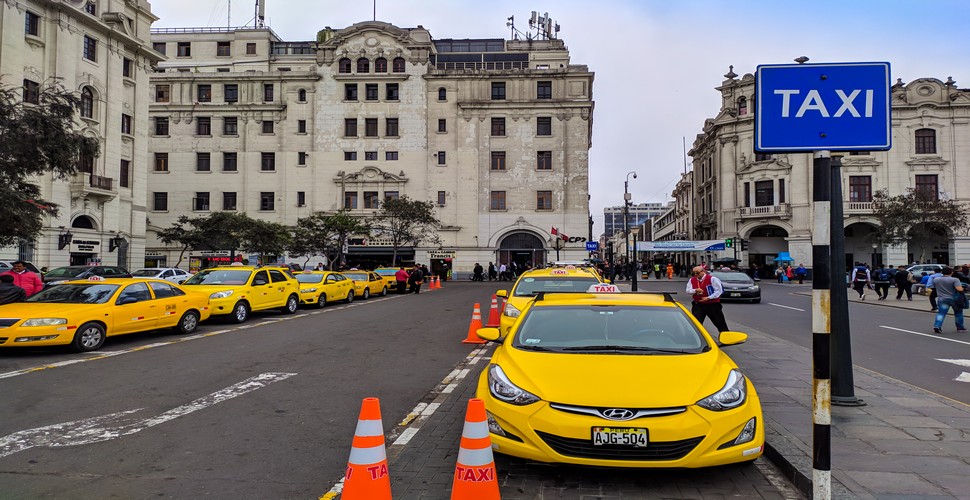
Lima taxi
Safety on the streets
One of the things that are immediately apparent upon arrival to Cusco and other major cities in Perú is the number of taxis and mini buses. There are some traffic lights and stop signs, but don’t expect everyone to use them. These forms of transportation have the right of way at all times and pedestrians will be in trouble if they don´t realize this. In fact, horns will blow at you if you are just walking down the street on the sidewalk for no apparent reason. When strolling around, especially in the evening, always be very careful at intersections. Many of the headlights don’t work and using indicators is not a common practice.
Internet and E-Mail
Times have really changed in Perú regarding the ability to communicate. 1 year ago, you could find numerous Internet cafes, but with the onset of WIFI and mobile phones, they are somewhat harder to find. Most hotels and restaurants have decent WIFI be sure to ask for the password at check-in.
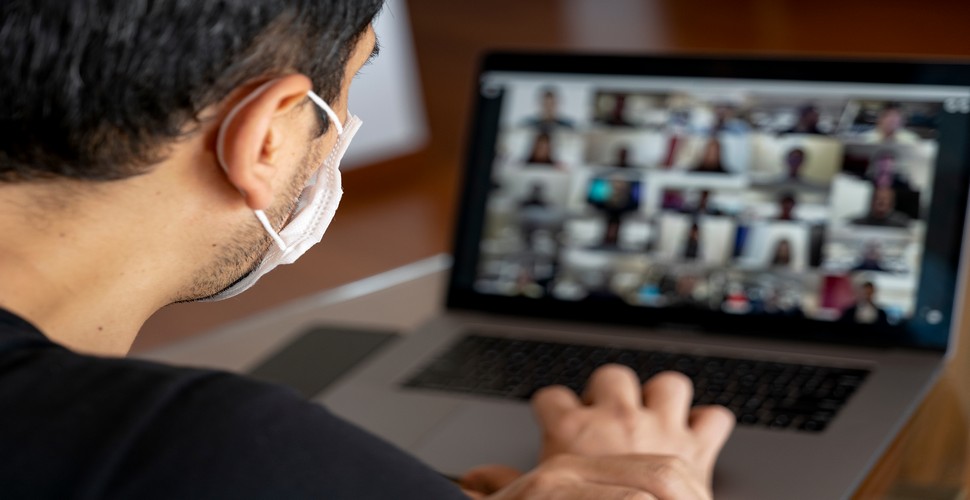
Hotel Lobby
Inca Trail pre-departure info
YOU SHOULD BRING
Essential items include: decent and comfortable walking boots, warm and weatherproof clothes 3 cotton underwear, 3 shirts, a sweater and a waterproof Jacket, thin and thick socks, a cap or hat, sun-protection and something against mosquitos. A good, comfortable backpack with a rainproof cover, refillable water bottle, basic first aid kit with personal medications, toilet paper, Leatherman or Swiss Army knife, Camera. Everything you don’t need should be left behind. Many hostels and hotels in Cusco will let you leave stuff with them. We recommend hiring a sleeping bag and mattress (if not already provided) from Valencia Travel to cut down on your baggage allowance.
Amazon jungle pre-departure info
YOU SHOULD BRING
Temperatures range between 30 to 37 ° C during the dry season (May to October) and 28 to 33 o C in the rainy season (November to March). Cold spells called “Friajes” come from the South Pole and are frequent from June to August. Friajes will lower the temperature to 9º C for 2 or 3 days.
Sickness prevention. Similar to requirements to visit any tropical region, you must receive a Yellow-fever vaccination before visiting the Madre de Dios region. Keep your vaccination card available upon your arrival to the Puerto Maldonado airport because you may be required to show it to the Health Ministry.
Personal clothing and equipment. Depending how long you plan to stay in the Amazon , you will need light, drip-dry cotton clothing (one set per day), 2 long-sleeved shirts and pants, hiking boots, a raincoat, sunglasses, hat, swimsuit and a sweatshirt or lightweight jacket. Bringing insect repellent, high factor sunscreen, personal medication, water bottle, binoculars, flashlight and spare bulbs and batteries, pocket knife, and a camera with plenty of memory space.
